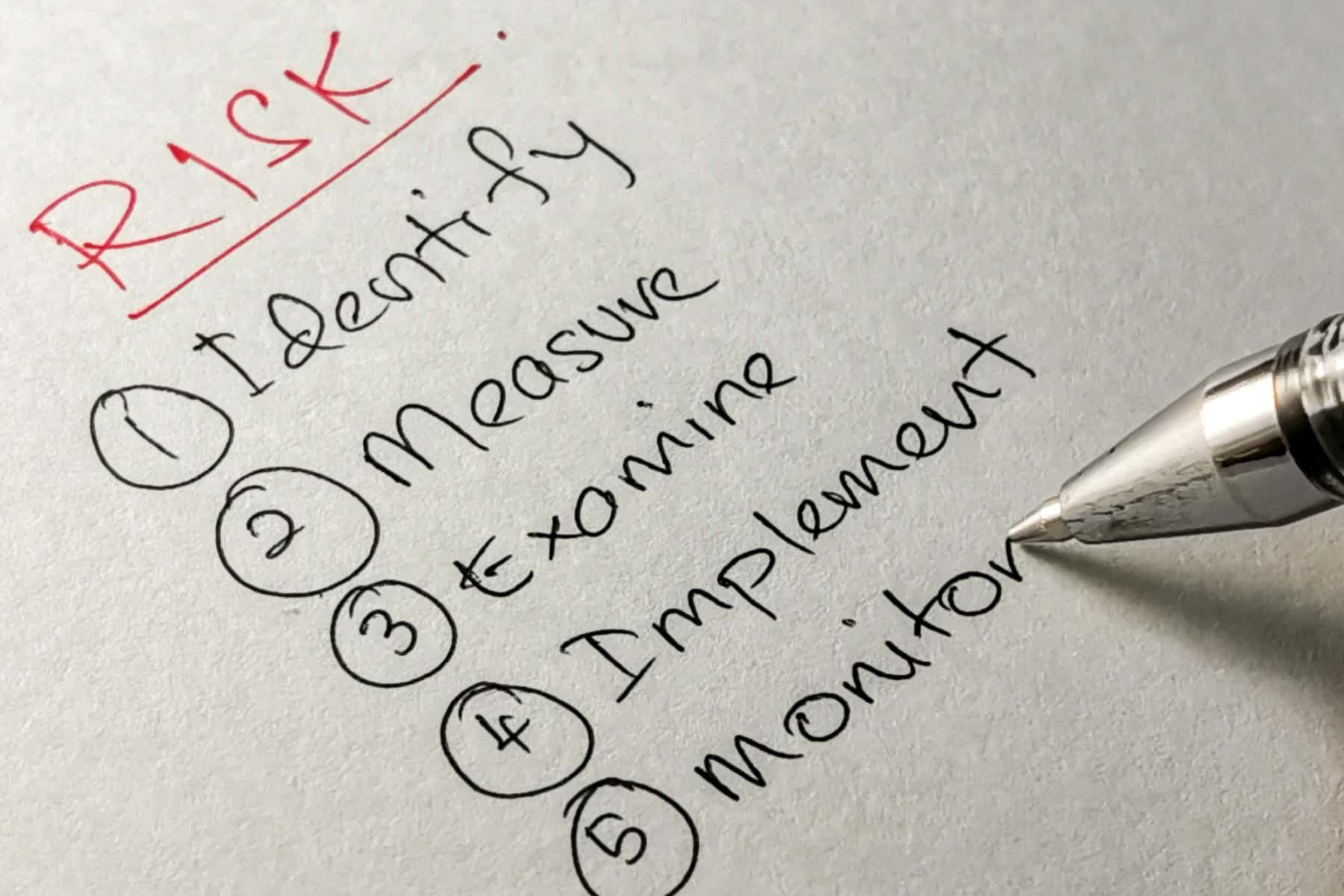The Dr Logic Guide to Developing the Perfect IT Strategy

Today, technology plays a major role in almost any type and size of company – whether you’re selling online, or just using everyday web-based tools like email. So when your company grows, you need to make sure your IT system’s capability, security and efficiency grows with it. In a nutshell – you need to plan to future proof your IT systems to support the business you want to have.
There are two ways to do this. The first is to take an ad hoc approach – developing your system bit by bit, as you face new needs and issues. There’s nothing wrong with this in the short term. But at some point, you need to step back and work out where you want to take your business, what you want to achieve and how technology can help you get there. Because if you don’t, your IT system may start holding you back, without you even realising it.
Developing an IT strategy the right way can help you achieve your goals by growing your business, improving production, streamlining systems and helping your staff to work faster, better and more efficiently. IT, like any business overhead, is an investment that must wash it’s face and deliver tangible value so taking time to develop an IT strategy makes perfect sense.
First, identify your key needs
Don’t make the classic mistake of deciding on a solution, before you’ve explored the problem you need to solve. Instead, let your business needs decide which tools and applications you ultimately choose.
Decide on a basic approach
Assess how important IT is to you: is it key to your business strategy, or does it mainly just support what you do? Are you looking for a standard off-the-shelf package, or do you need to develop your own custom software? Decide which areas of your IT system need to be kept in-house, and which non-core areas could be outsourced.
Come up with a roadmap
Take a look at your current set-up and decide which parts you want to improve, which are fine for the time being, and which ones you want to get rid of. Develop a roadmap towards your target, keep reviewing it, and think about how, and who, is going to manage the project as it progresses.
Create a business case and budget
You need to justify each stage of your roadmap in business terms. Instead of just looking at the financial benefit, think about its contribution to your wider business goals. But if you do need to create a budget, manage it carefully and be prepared to change tack if the costs turn out to be more than you’d planned.
Think about your full range of needs:
- Functionality
What do your tools and applications need to do to support your key business processes? Think about different kinds of users – your suppliers, contractors, customers and staff. - Communications
What kinds of communications tools does your IT system needs to support and who will be using them, both internally and externally? Do you need email, direct messaging, video conferencing or webchat? Do you want to use a CRM system to run e-marketing campaigns? - Integration
Which of your systems need to talk to one another to share data? For example, it’s likely that your website, accounting and marketing systems will all need to have the same view of “customer” or “product”. - Performance, capacity, availability
What kind of performance do you need from your systems? Do you need millisecond response times, or will a few seconds do? Do you need worldwide reach or just to get across the office? Think about how much business you’re likely to handle, factoring in your projected growth and monthly / annual peaks. - Security
Data security is critical, but it needs to be seamless. So it’s important to get help with both the setup and ongoing testing. - Equipment
What kinds of equipment do your staff need – high-end desktops or standard laptops? Will they need remote access to your applications? Do you need to store information in your own datacentre, or can you migrate to cloud-based services? - Ongoing support
Who is going to manage your IT systems once you’ve installed them? Getting a support partner on board means you can focus on running your business, instead of the underlying technology.
And lastly, get expert help
As you can probably tell by now, developing and executing an IT strategy takes a lot of specialist knowledge and experience, which you’re unlikely to have in-house. So getting help from outside experts – yes, like Dr Logic – can make all the difference, when it comes to making sure that your strategy is developed quickly, effectively and with as few hiccups as possible.
We hope you found this article helpful. If you have any questions or want to find out more about the services we offer, visit our homepage or get in touch.
We are looking to partner
with ambitious
like-minded brands
Like what you’ve read and would like to know what else we know? Then get in touch.




